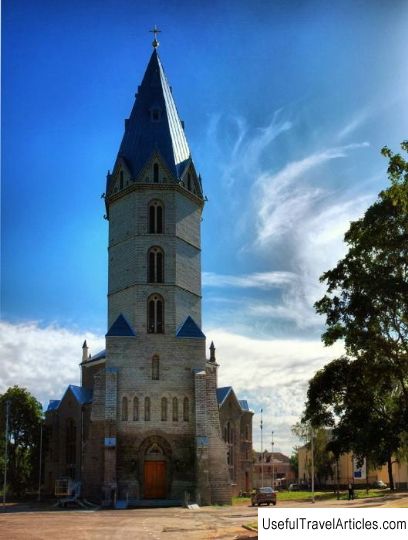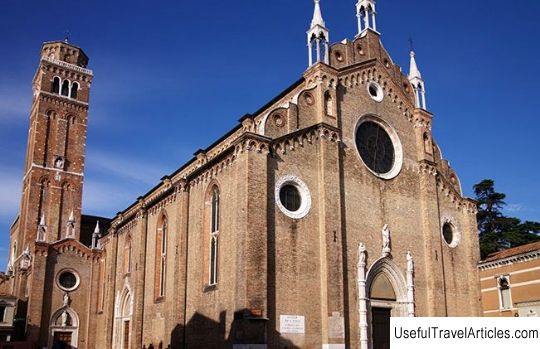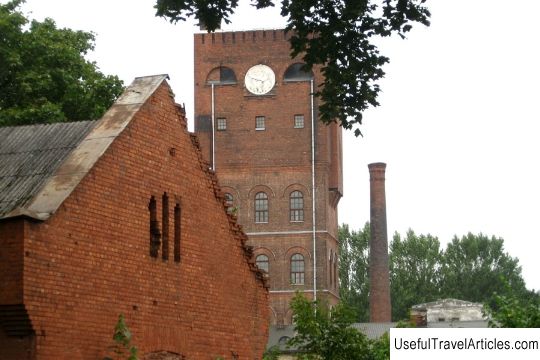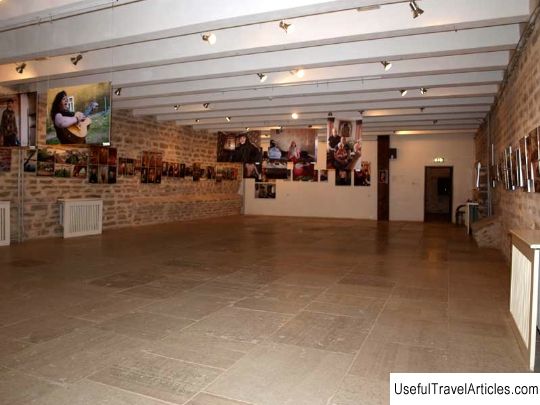Narva Aleksandri kirik (Narva Aleksandri kirik) description and photos - Estonia: Narva
Rating: 8,8/10 (1567 votes) 
Narva Alexander Church (Narva Aleksandri kirik) description and photos - Estonia: Narva. Detailed information about the attraction. Description, photographs and a map showing the nearest significant objects. The name in English is Narva Aleksandri kirik. Photo and descriptionThe Alexander Church is a temple built in 1881-1884 for Lutheran workers working at the Krenholm manufactory. The initiator of the construction of the new church was the pastor of the parish. St. Johannes Ferdinand Gottlieb Tannenberg, who conducted services for Estonians in the Swedish-Finnish Church of St. Michael. The church was built according to the project of Otto Pius von Gippius, funds for the construction were donated by Baron Ludwig von Knop, owner of the Krengolm manufactory. The walls were laid by a master from Kronstadt, Luka Tuzov, and the interior finishing was done by Emelyan Volkov. Initially, the construction of the church was supervised by the architect of the project himself, later the architect of Krengolm Paul Alisch was involved in this. After the change of architect took place, small changes were made to the project: for example, heating and ventilation pipes were added. Alexander II died on March 1, 1881 as a result of a terrorist bomb explosion. By a joint decision made by the city of Narva and the church administration in October 1883, the cathedral and the parish were named after Alexander II. A year later, in May 1884, the cathedral was consecrated. In those years, about 5,000 people adhered to Lutheranism worked at the factory. The Alexander Church was designed for this number of workers. There were 2500 seats and the same number of people could take part in the service while standing. The central part of the church is made in the form of an octahedron. A longitudinal building joins the main room, as well as an octahedral tower, 61 meters high. The first pastor of the Alexander parish was Richard Julius von Pauker. He held this position until his death - until March 29, 1910. Alexander's Church suffered greatly both in the First World War and in the Second. During the Soviet era, only the parish of the Alexander Cathedral (the only one of all the parishes of the Lutheran churches) continued its work. In 1959, the 75th anniversary of the church was celebrated in the newly restored cathedral. And three years later, in September 1962, the parish was forced to leave the church, and the building of the cathedral was given over as a warehouse, while the entire interior was destroyed. The parish managed to hide the church bell and take only a few chanters with it. And only in 1990 the Lutheran cathedral was returned to the parish. The first divine service after such a long hiatus took place in 1994. And since that time, in the summer, services are regularly held in the cathedral, and the rest of the time, services are held in a small church. The historic bell, which was hidden, was taken out on the 120th anniversary of the cathedral. In 2004, the stained glass windows made by Dolores Hoffmann were consecrated. In 2007, the spire of the bell tower of the cathedral was installed, the height of which, together with a 4-meter cross, reaches 60, 7 meters. The height of the inner octagonal main hall is 25.5 m, and the diameter of the vault is 20.3 m. The Cathedral tower houses the Museum of Narva Alexander Cathedral, which you can visit on your own or book a tour.           We also recommend reading Begijnhof description and photos - Belgium: Bruges Topic: Narva Aleksandri kirik (Narva Aleksandri kirik) description and photos - Estonia: Narva. |




